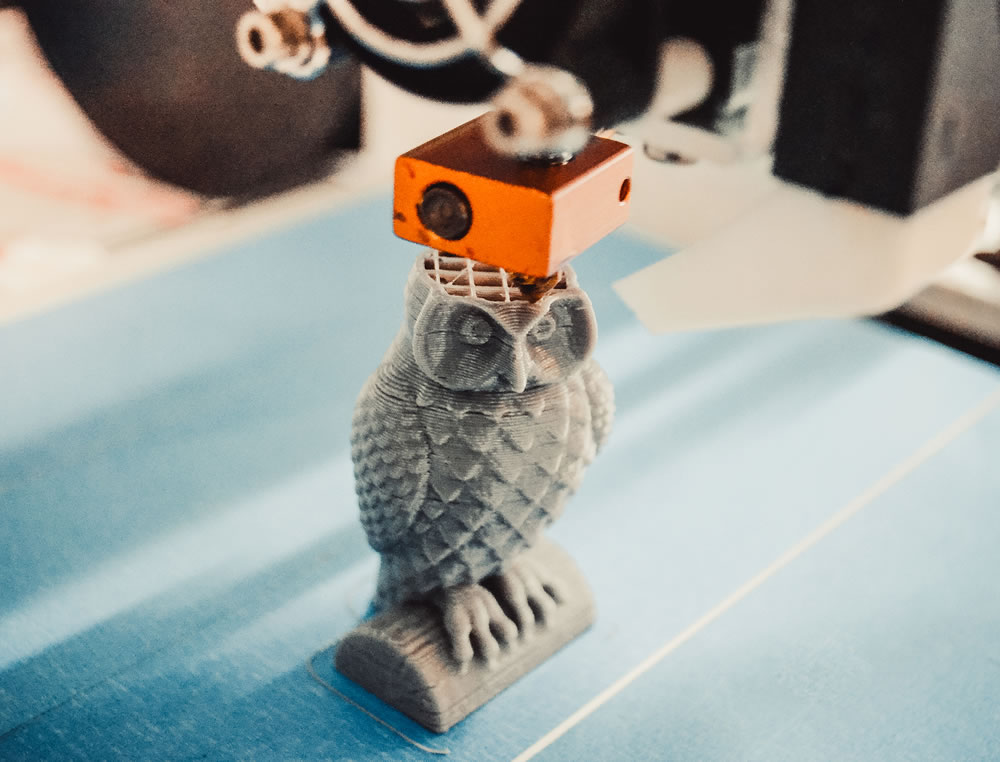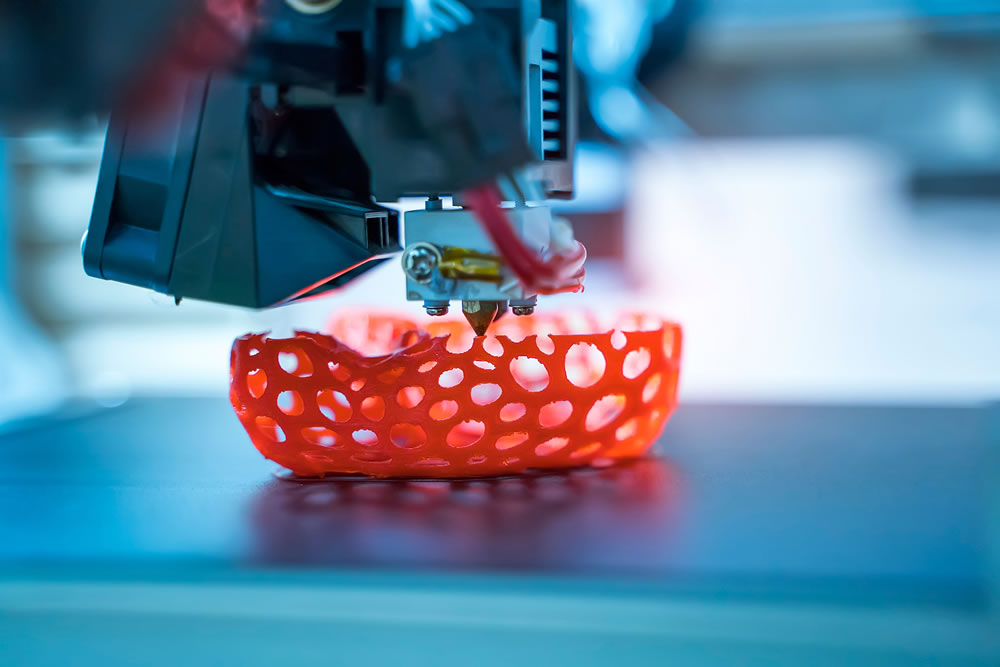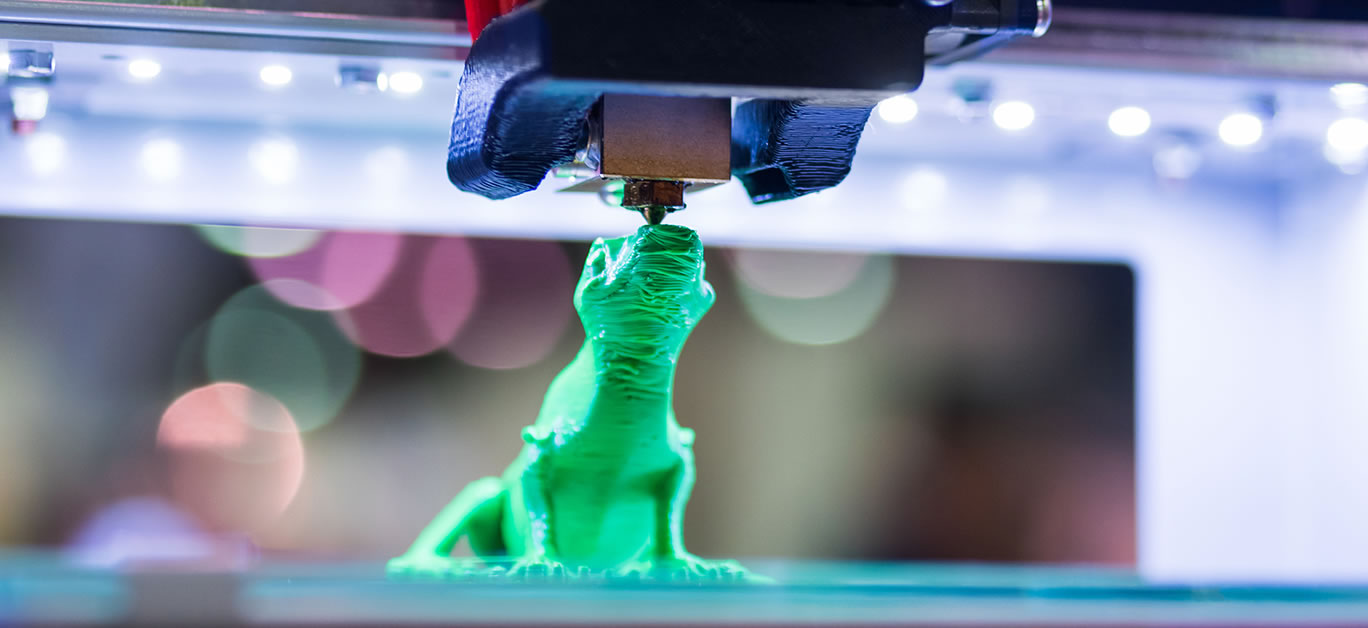Technological advances have transformed the way we live and work over recent years, and the onset of the current global pandemic has served as a catalyst that has catapulted us well and truly into the digital age. From remote working and online socialising to digital fitness classes, we’ve been forced to find new ways to conduct ourselves – but many would argue that this shift has been on the way for some time, and that recent events have only served to speed up the process.
It’s not just the way we do things that has changed, though; it’s how we make them, too. Of late, we’ve seen some thrilling developments in the tech world, not least of all the advent of 3D printing – which although is a process that has been around for some while at this point, has only recently begun to go more mainstream. Allowing us to create just about anything in 3D based on a simple design, or to print out a replica of an existing object simply by scanning it, nothing is beyond the realms of possibility. If you can dream it up, you can have it brought to life.
The technology behind 3D printing is now so advanced that it easily has the power to transform our lifestyles once more, and although printers are still relatively limited and found mainly in labs and art studios, experts believe that one day, we will all have one in our homes. It might be difficult to imagine now, but remember – we once thought the same about computers, and today, we simply wouldn’t be without them.
Offering limitless possibilities we could have once only imagined, 3D printers are undoubtedly the future – and are the ultimate luxury investment for your home or office. But what exactly can they be used to create?

3D-printed items
3D printers can be used to create a variety of complex items – even fully functioning clocks! Once upon a time, we relied on little more than the rising and the setting of the sun to work out what time of day it was, and clocks didn’t yet come into the equation. But now, not only are they essential for keeping us on track and on schedule, but if you need a new one then you can simply print it out at a moment’s notice. And of course, clocks are just the tip of the iceberg, with children’s toys, musical instruments, telescopes and robots all potential uses of your printer. We’re not just talking about simple items like mugs and plates here – in fact, anything goes. But how exactly do they work?
A CNC milling process produces custom prototypes by whittling a block of material to create an object – and is thus ‘subtractive’ in nature. But a 3D printer works the opposite way, using an ‘additive’ process to layer materials and create something new from, essentially, nothing.
Musical instruments for children
If you’re running out of ways to keep your children entertained or would like them to have the opportunity to learn a new skill – because from flutes and clarinets to guitars and drums, you can print them out any musical instrument you choose. Better still, you can create a unique and personalised instrument that it isn’t possible to find in the shops to give them a really special gift, and one that functions exactly as a traditionally manufactured musical instrument would.
Telescopes
Fancy yourself as a bit of a star-gazer but don’t have the right equipment to hand to do so? Worry not, because with a 3D printer, you can simply print one out. Thanks to recent developments in both the field of astronomy and in 3D printing itself, it is now entirely possible to do so, and a 3D printed microscope can feature a variety of mirrors or a focused lens, with all tubing printed in 3D.

Robots
Robotics incorporates all the technologies and sciences that make it possible to design autonomous machines – from electronics and mechanics to biology. These days, robots are smarter than ever thanks to advancements in artificial intelligence and machine learning and additive manufacturing – in other words, 3D printing.
From humanoids and research tools to DIY machines, it seems that we can now print all manner of complex machines. Research organisation Intel Labs created perhaps one of the most interesting, developing the ‘Openbot’ – which capitalises on the intelligence of smartphones to turn them into ‘robots’ through vast networks of sensors and powerful computing capabilities.
A 3D printer is a powerful tool
With the help of a 3D printer, you really can create just about anything – from simple objects like pens, pencils, and padlocks, to kitchen utensils and even doors. But beyond the more obvious ways to utilise a printer, a whole new world of opportunity and possibility awaits, with no dream too big or small to bring to life.






















